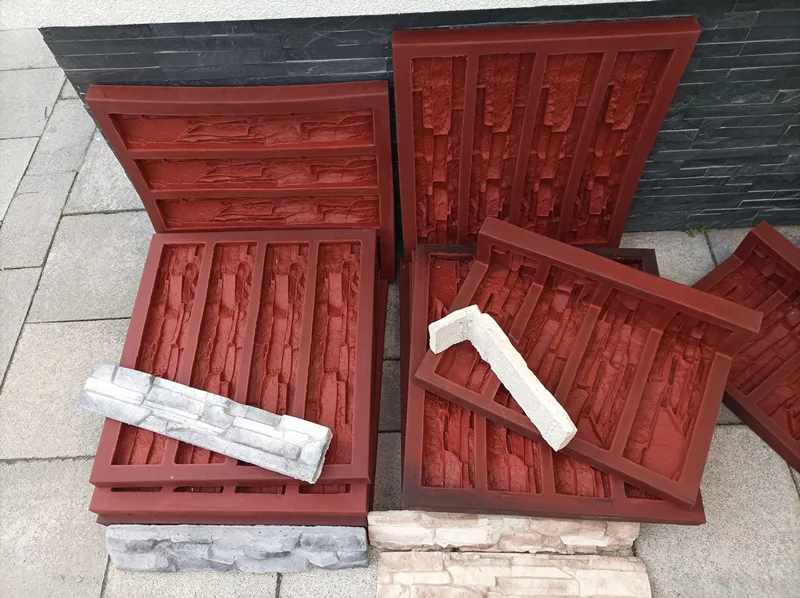Artificial stone mold making is a specialized process that requires the right materials to achieve the desired results. Polyurethane rubber is a popular choice for this purpose, but with various options available, how does one choose the right type? This article provides insights into making the right choice for artificial stone mold making using polyurethane rubber.
1. Understand the Basics:
Polyurethane rubber is a versatile material that is both economical and easy to work with. It belongs to a broad family of rubbers and plastics and is chemically similar to hard-plastic urethanes. The primary difference lies in the inclusion of a plasticizer in the formula of the hard types.
2. Cost Considerations:
Polyurethane rubber is generally more cost-effective than silicone rubber. On average, polyurethane rubber costs around $35 per gallon, which is approximately a third of the price of silicone rubber. This cost-effectiveness, combined with its durability, makes it a preferred choice for many mold makers.
3. Release Requirements:
One of the primary considerations when choosing polyurethane rubber is its release requirements. While silicone rubbers often don’t need a release agent, polyurethane rubbers typically require a spray-on mold release. However, for specific casting materials like plaster or new wax molds, no release agent might be necessary.
4. Heat Sensitivity:
Polyurethane rubber is sensitive to heat buildup. It’s essential to demold as soon as possible to extend the mold’s lifespan. Early demolding might cause distortion, but in some cases, this can be advantageous.

5. Flexibility and Hardness:
Polyurethane rubber offers a wide range of hardness options, from Shore A20 to D45. This range allows mold makers to choose the right hardness level for their specific project, ensuring the desired flexibility and durability.
6. Model Material Considerations:
Certain mold rubber materials can experience cure inhibition when applied to specific model materials. For instance, platinum-cured silicones might not cure correctly when poured over sulfur-containing clay. Generally, polyurethane rubbers and tin-cured silicone rubbers are not sensitive to cure inhibition.
7. Durability and Longevity:
While polyurethane rubber molds can degrade over time (approximately seven years), they are known for their durability and can produce hundreds of castings when designed well. It’s advisable to produce all necessary castings when the mold is in its prime and to keep a pattern part for remaking the mold in the future.
8. Safety Considerations:
Most urethanes release toxic isocyanates into the air when mixed. It’s crucial to work in a well-ventilated area and wear a respirator with organic vapor cartridges if unsure about air quality. Isocyanates are heavy and can settle on the floor, so it’s essential to keep pets or children away from the workspace when using this material.
Conclusion:
Choosing the right polyurethane rubber for artificial stone mold making requires a thorough understanding of the material’s properties and the specific requirements of the project. By considering factors like cost, release requirements, heat sensitivity, and safety, mold makers can make an informed decision that ensures the best results for their artificial stone creations.


